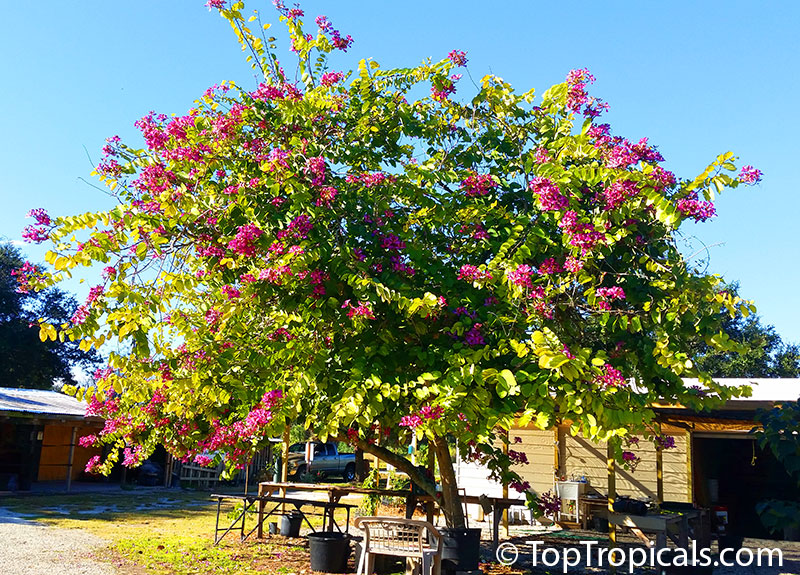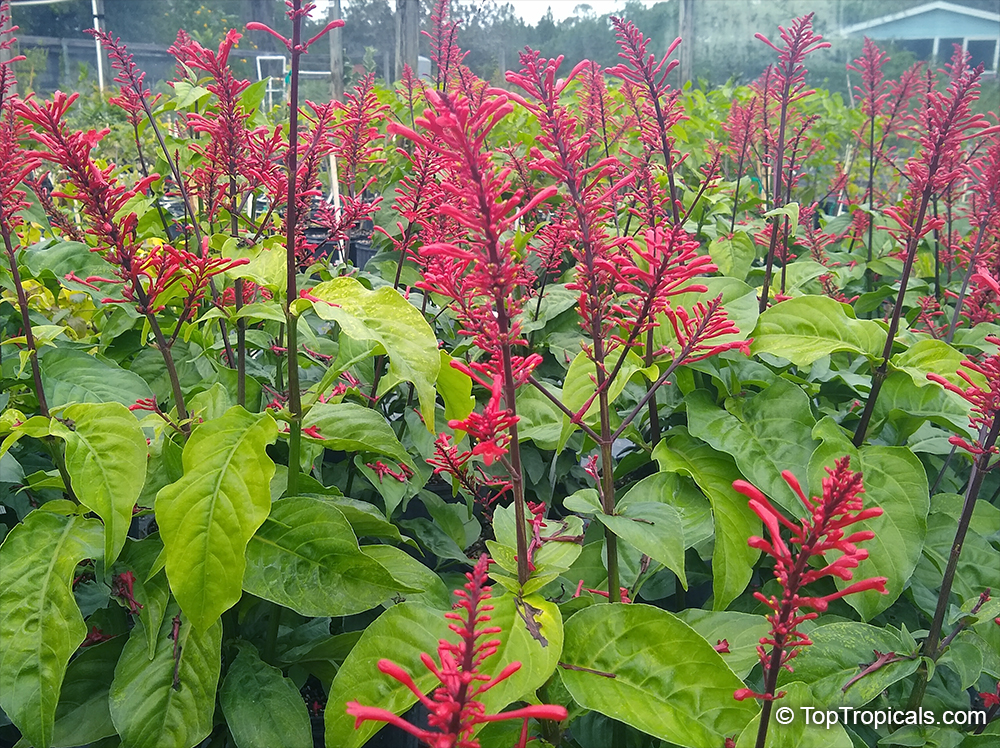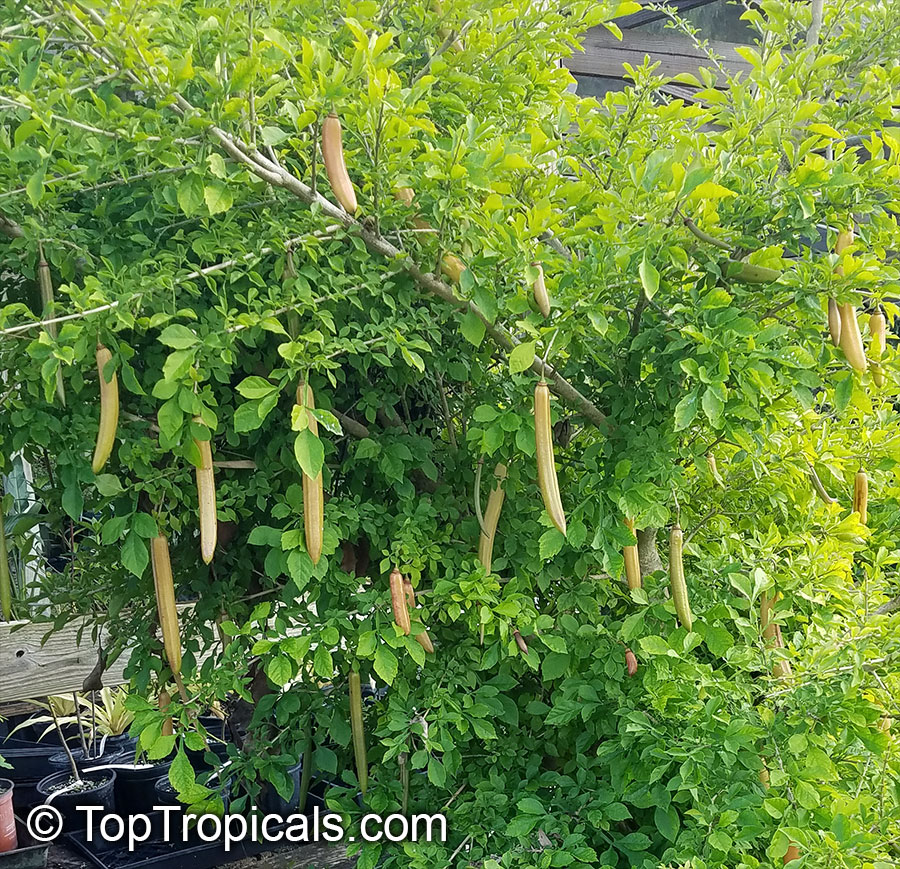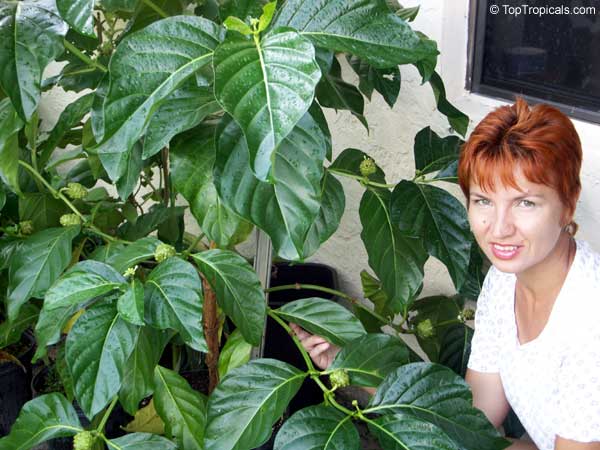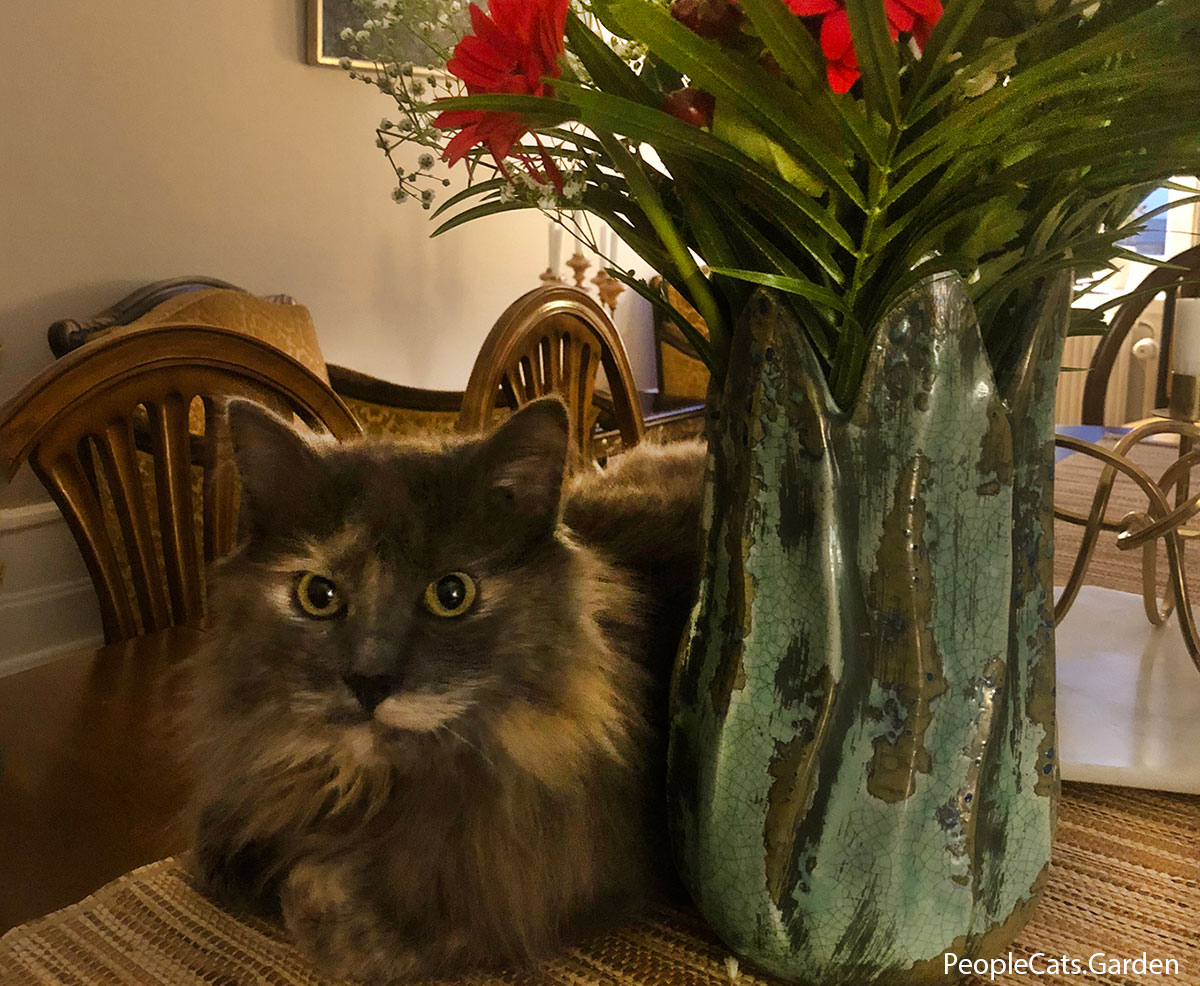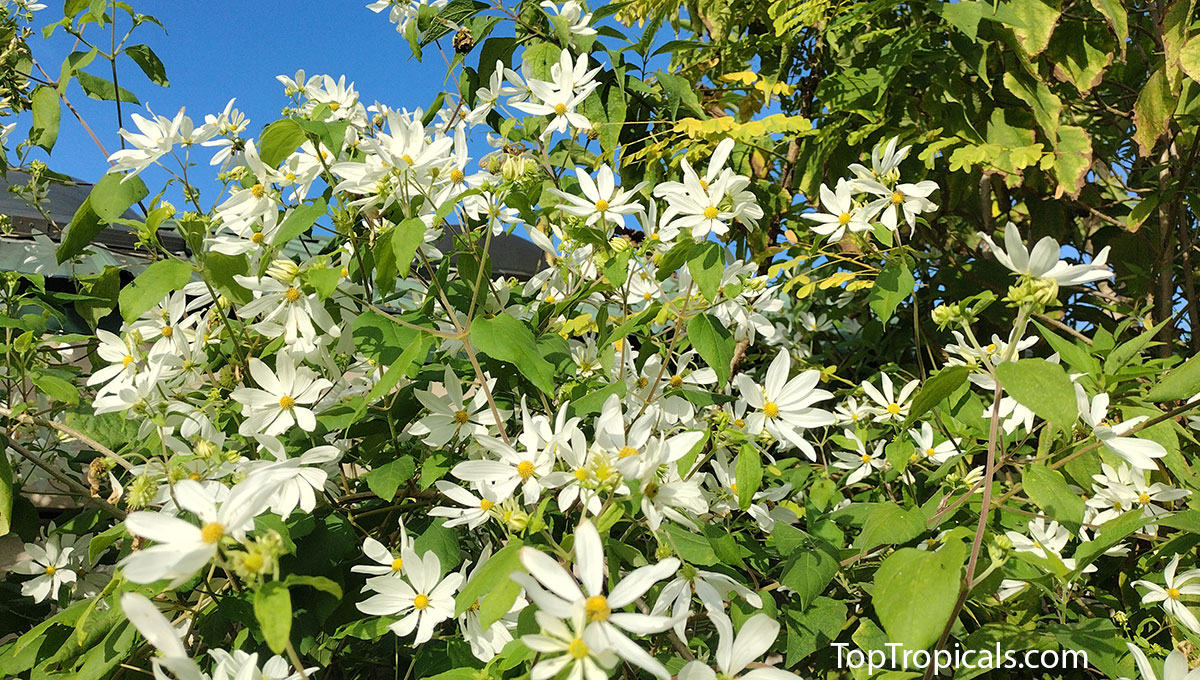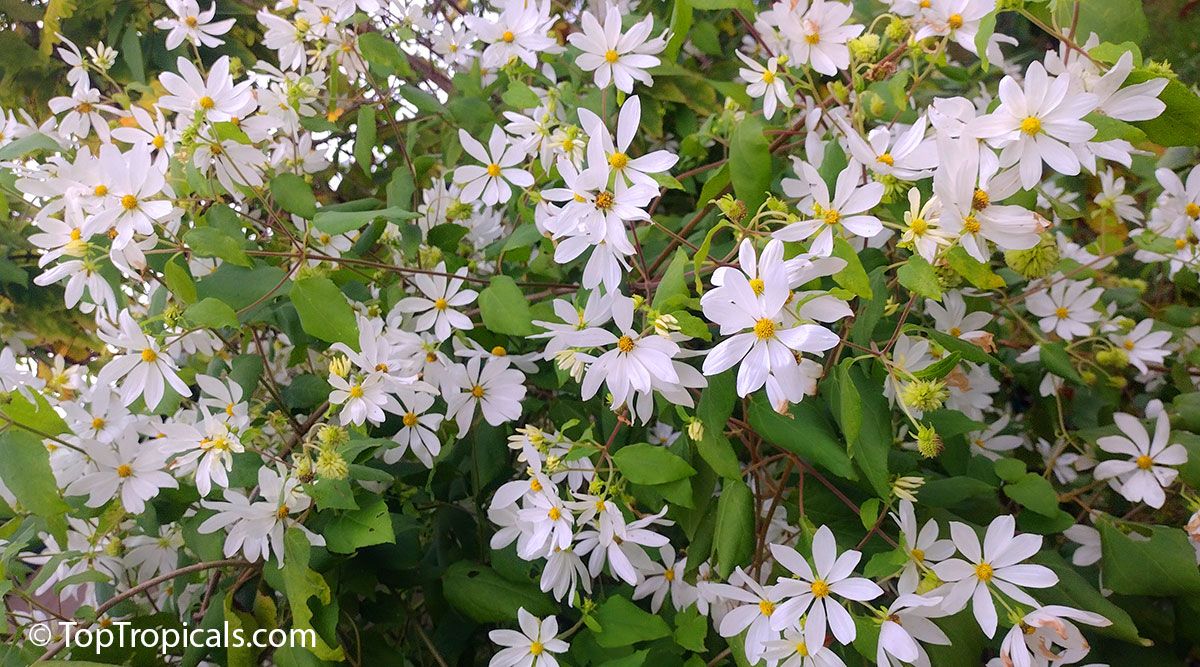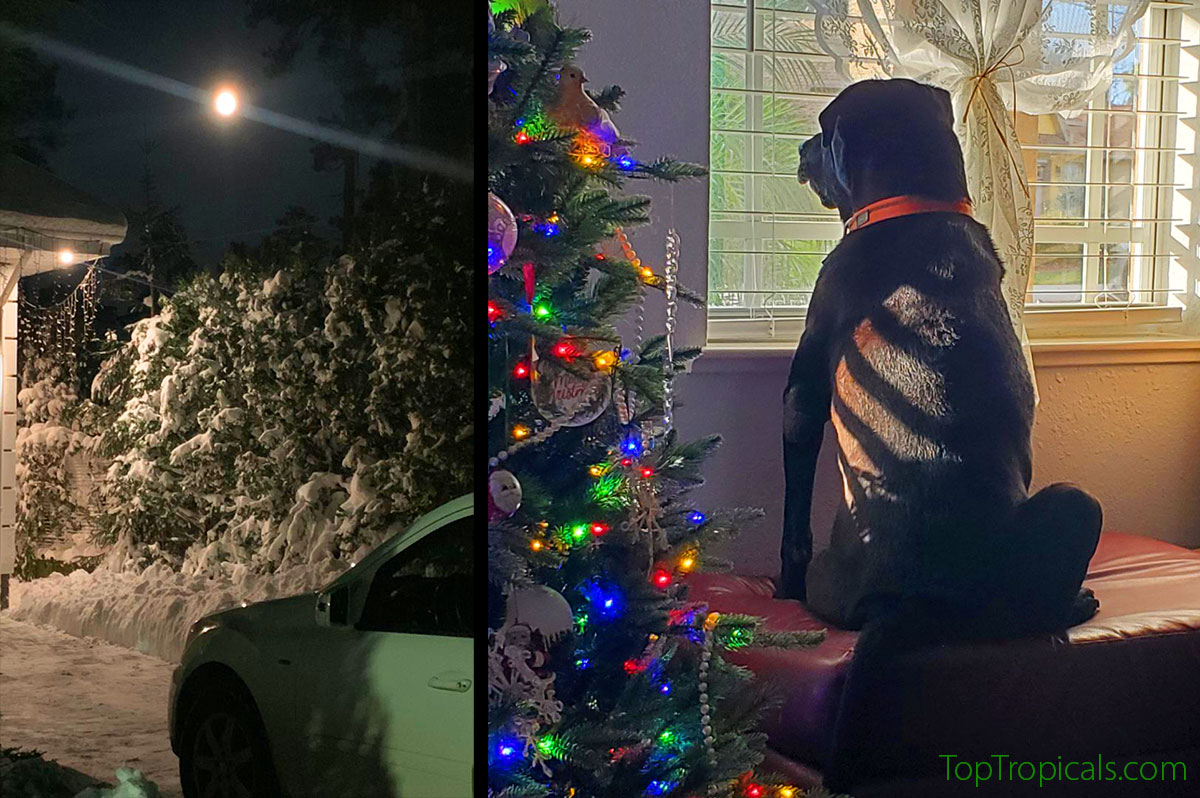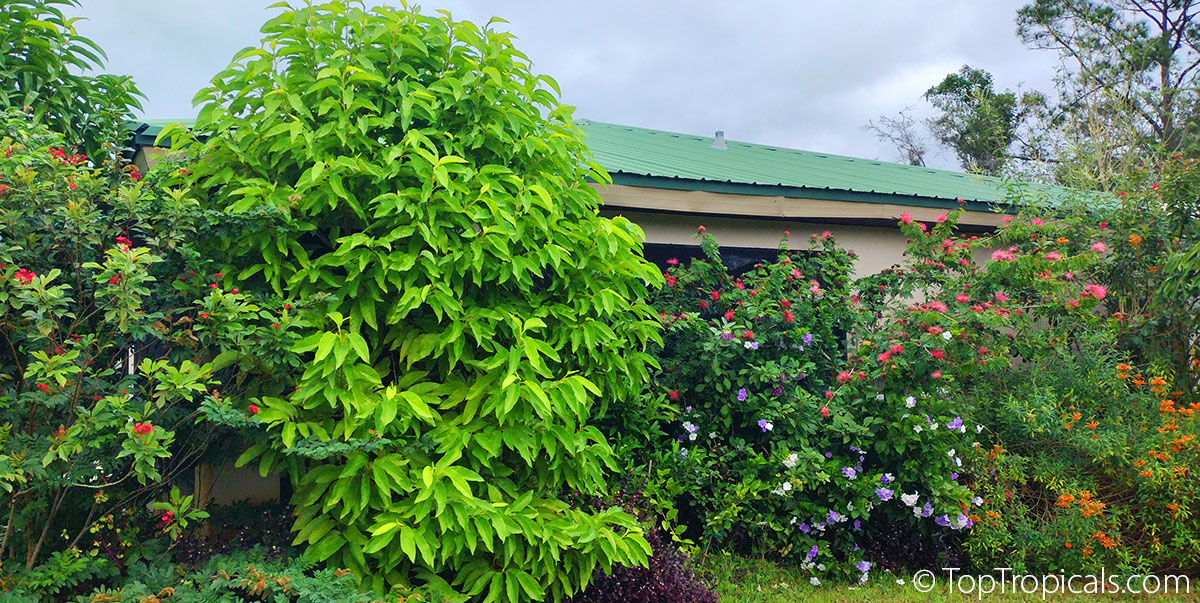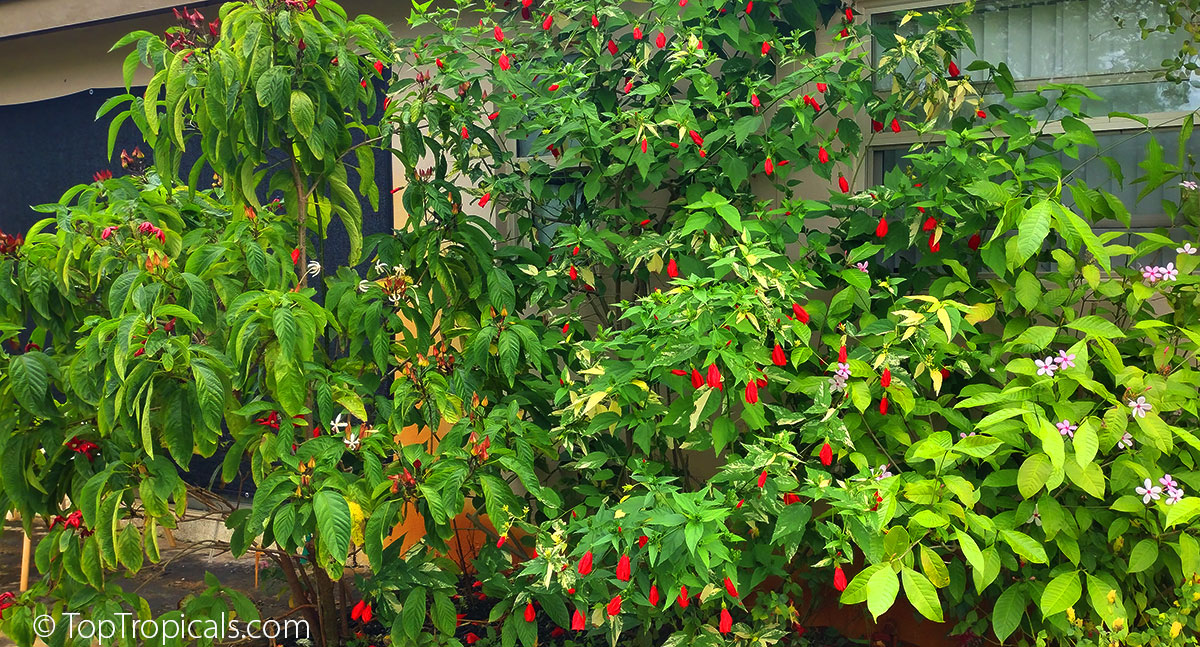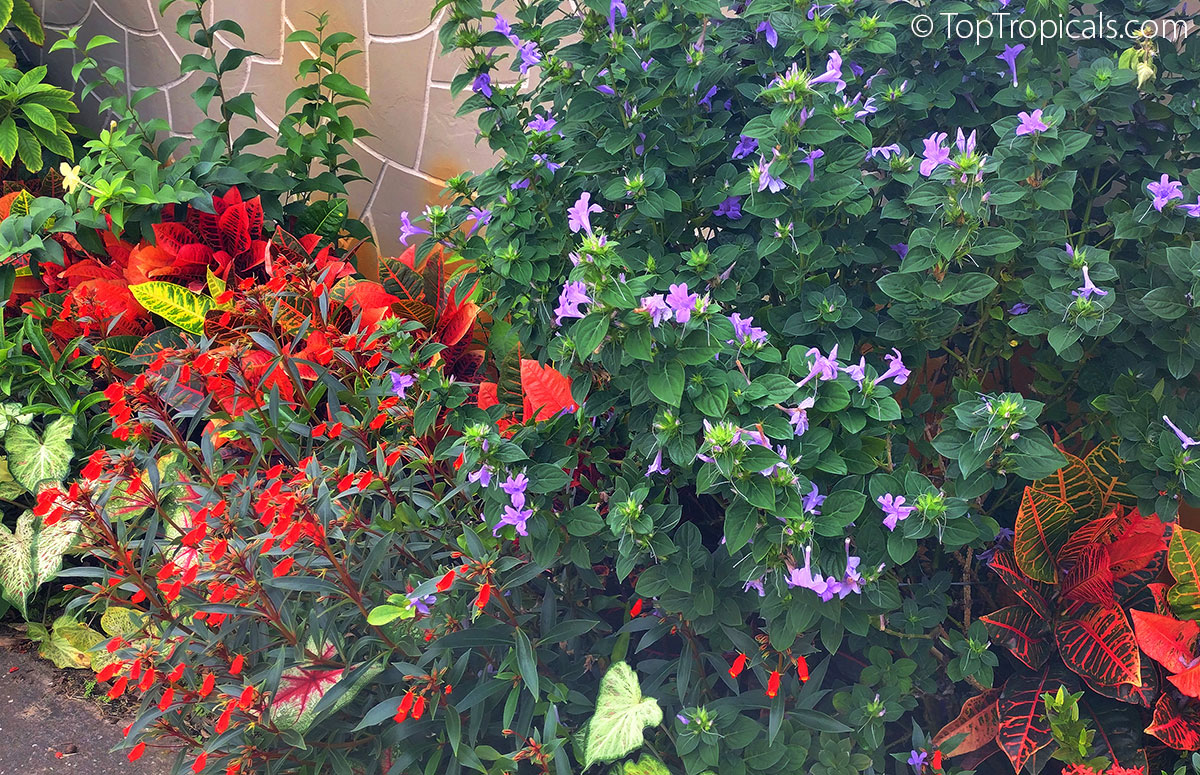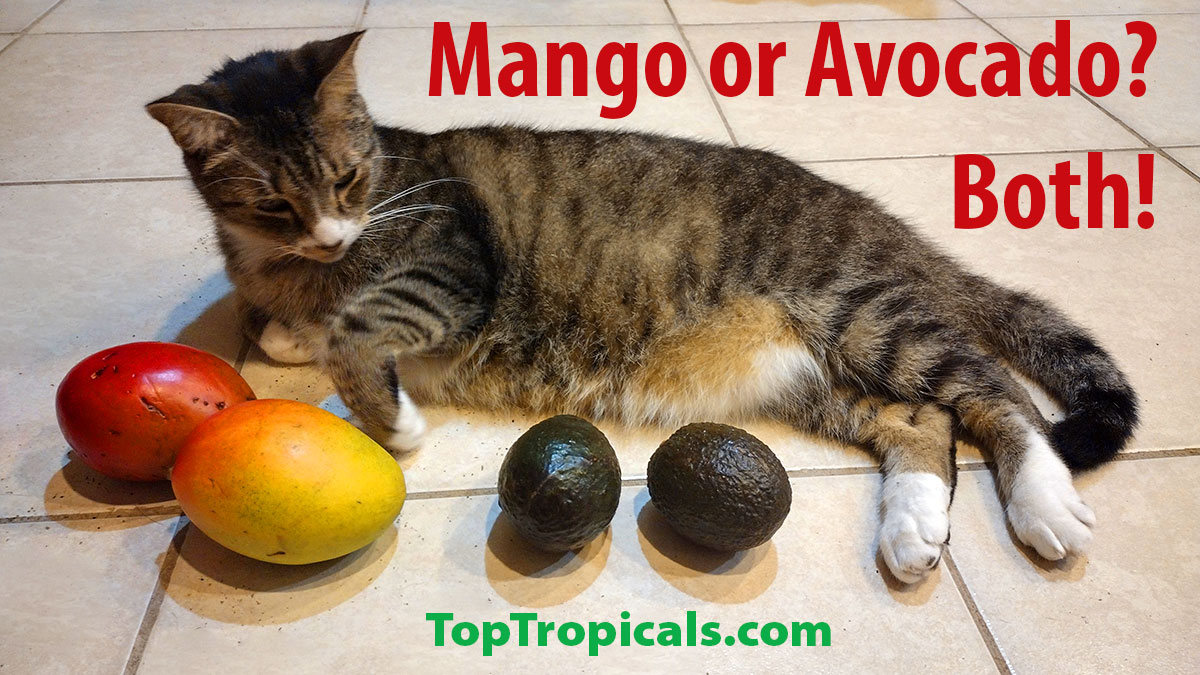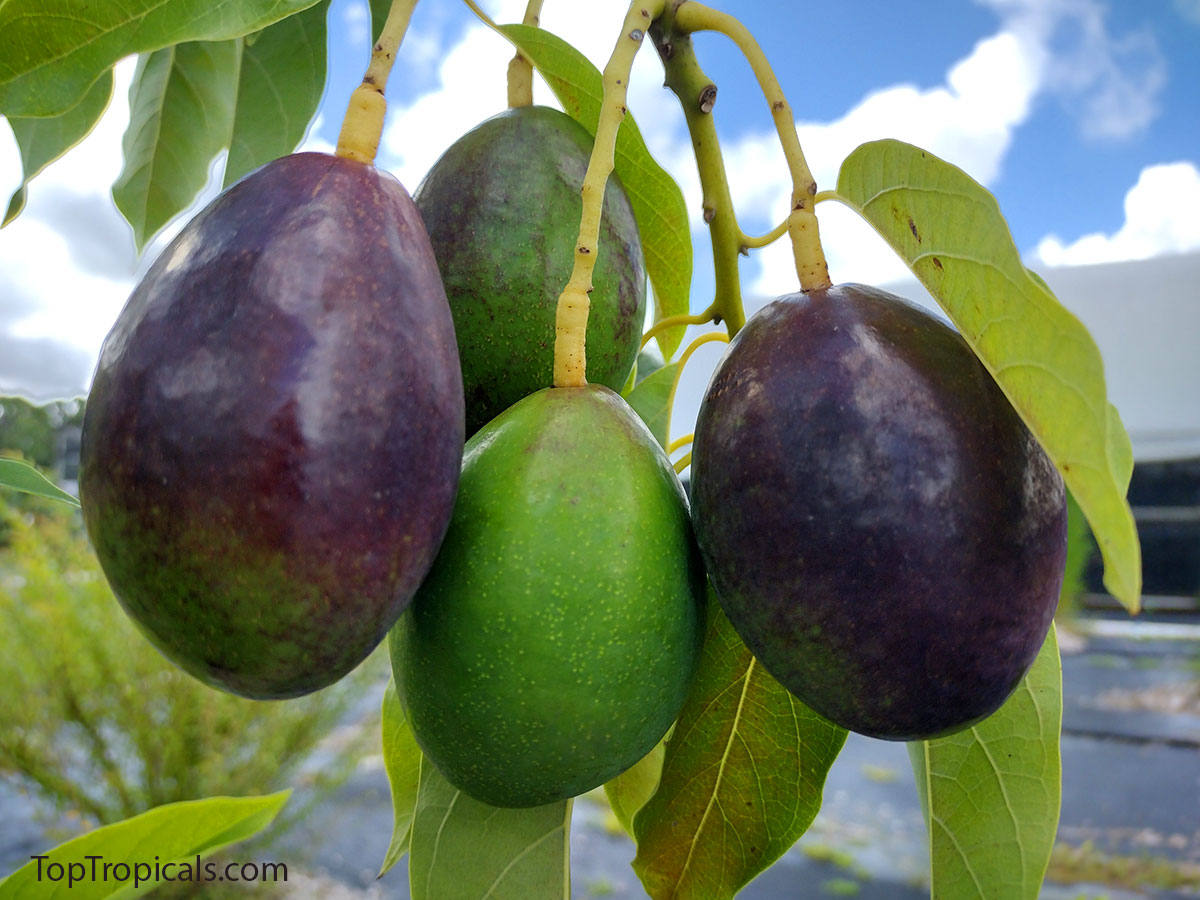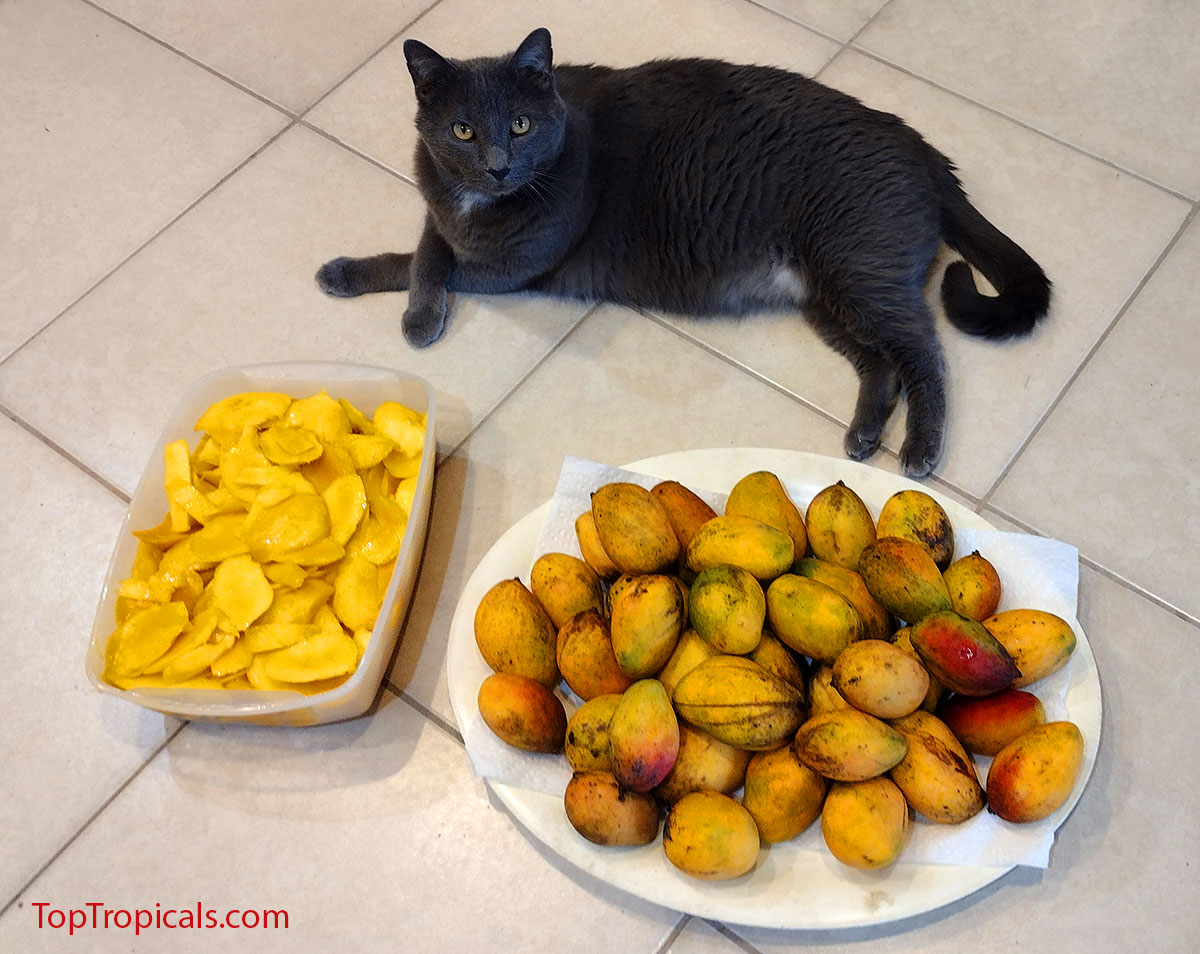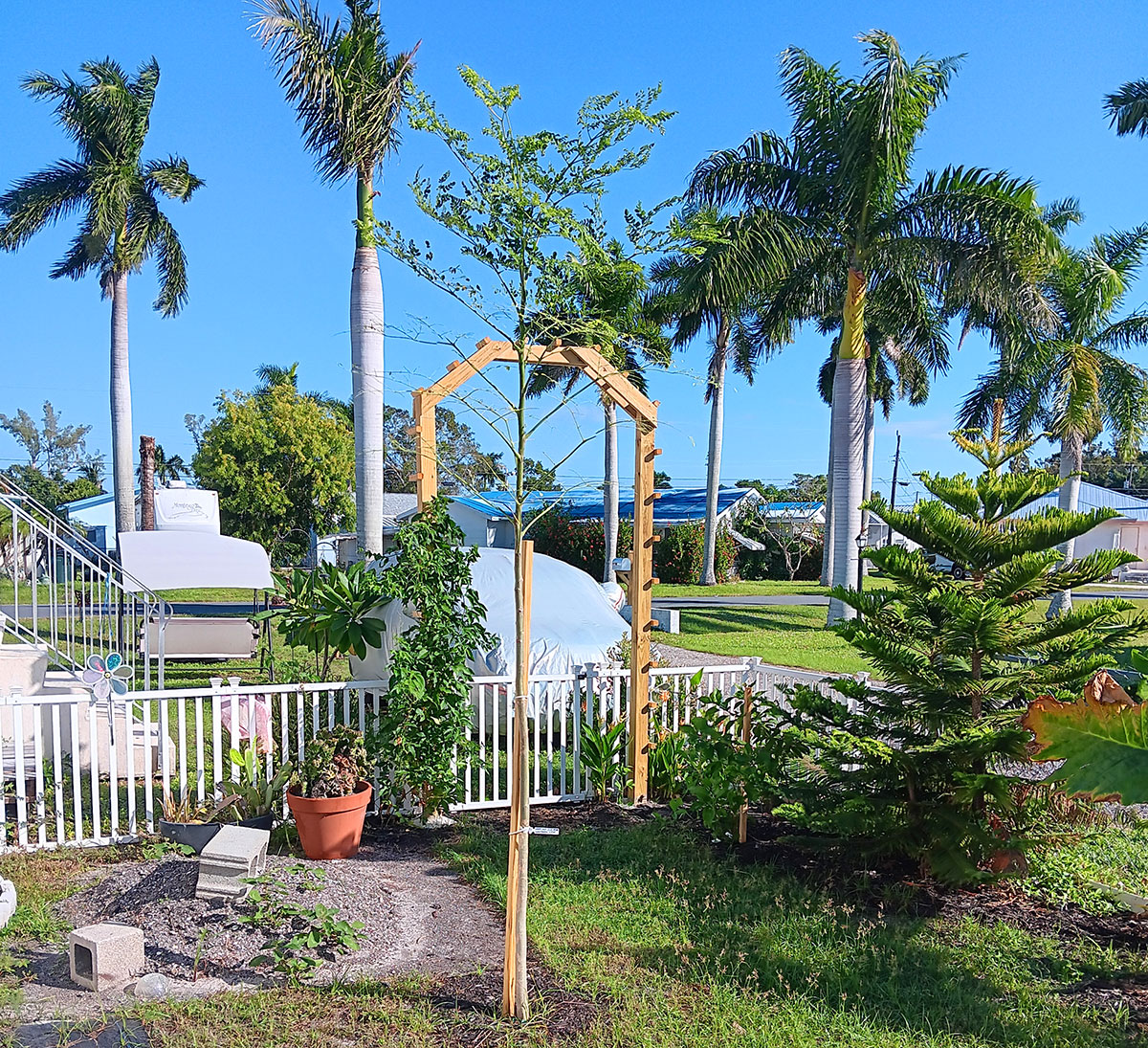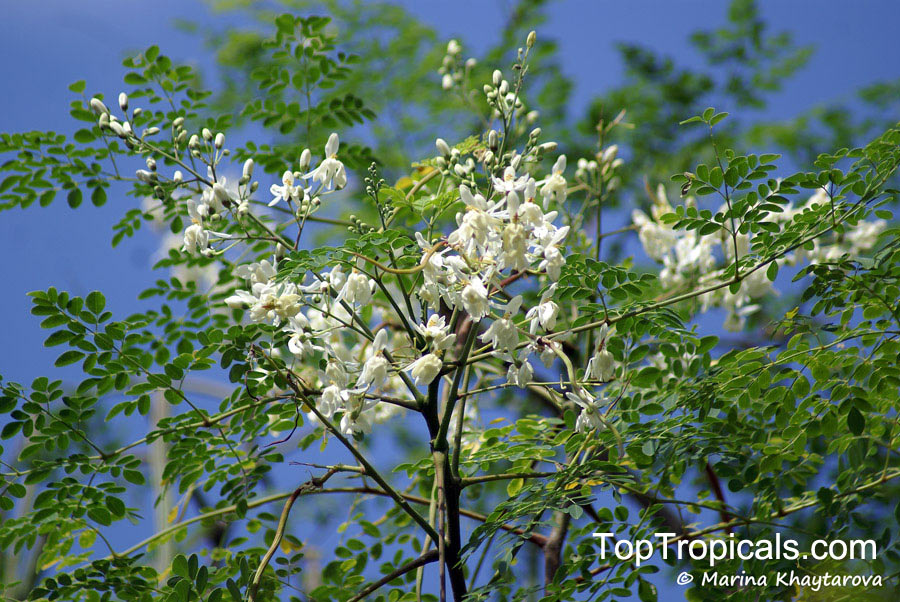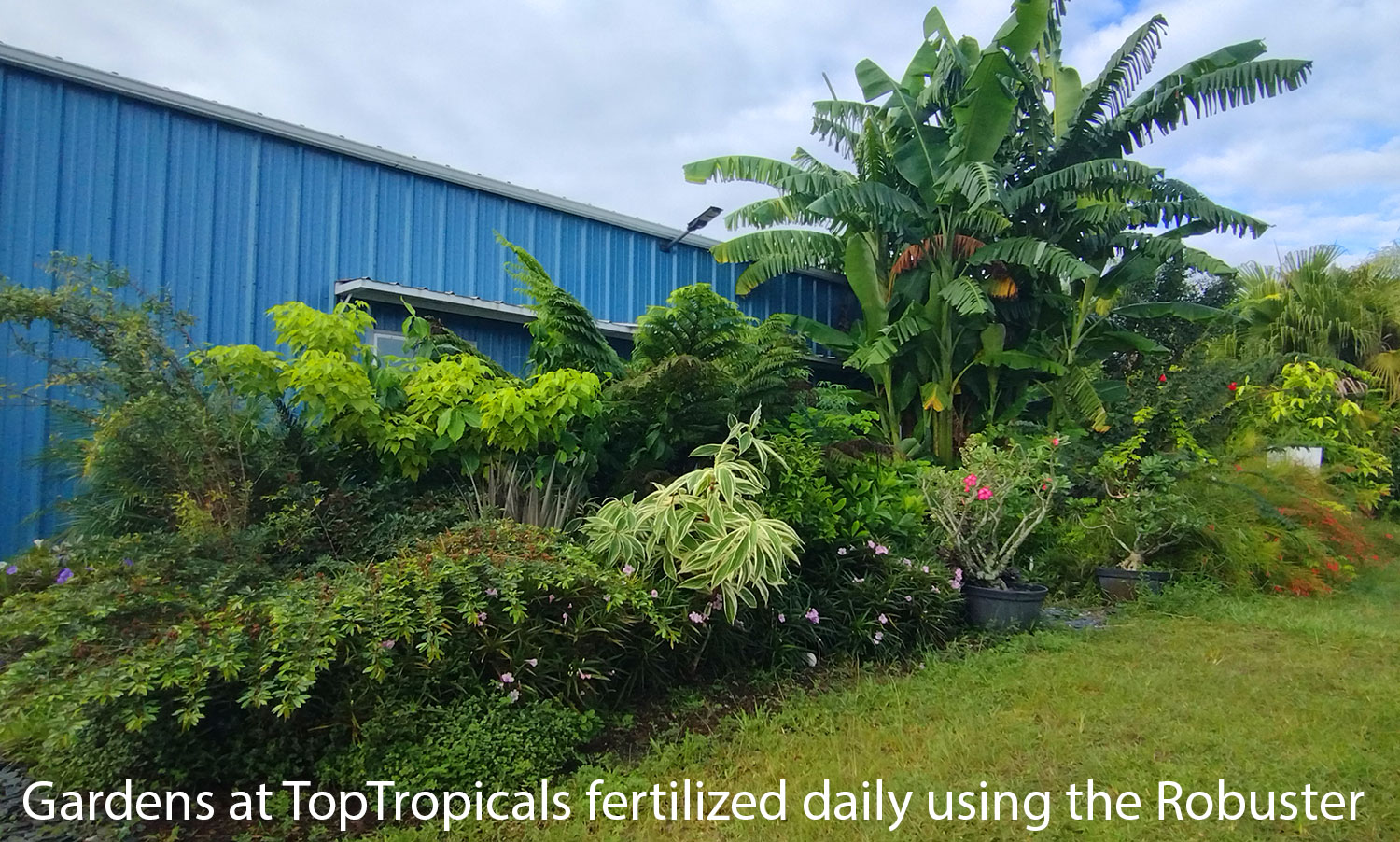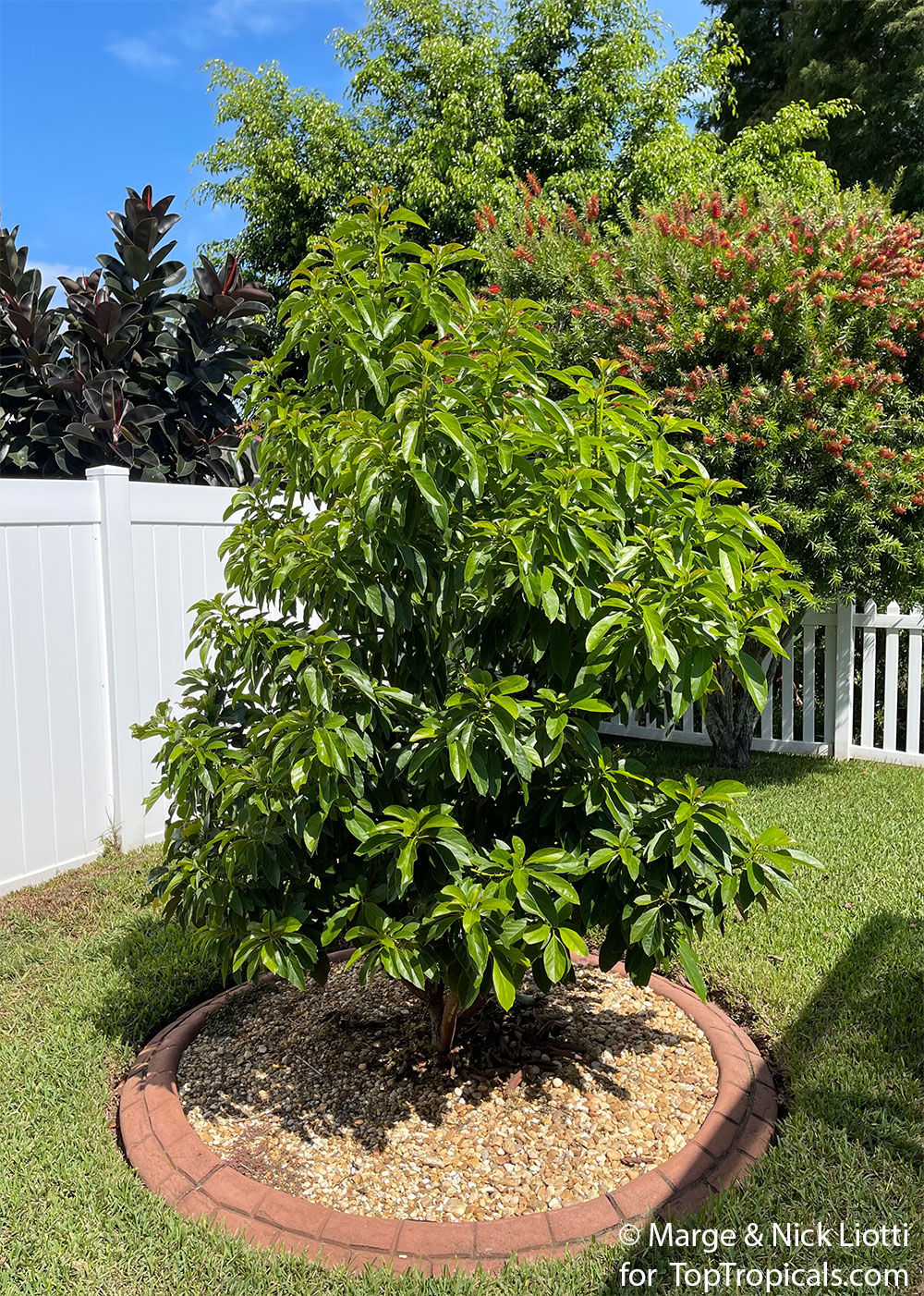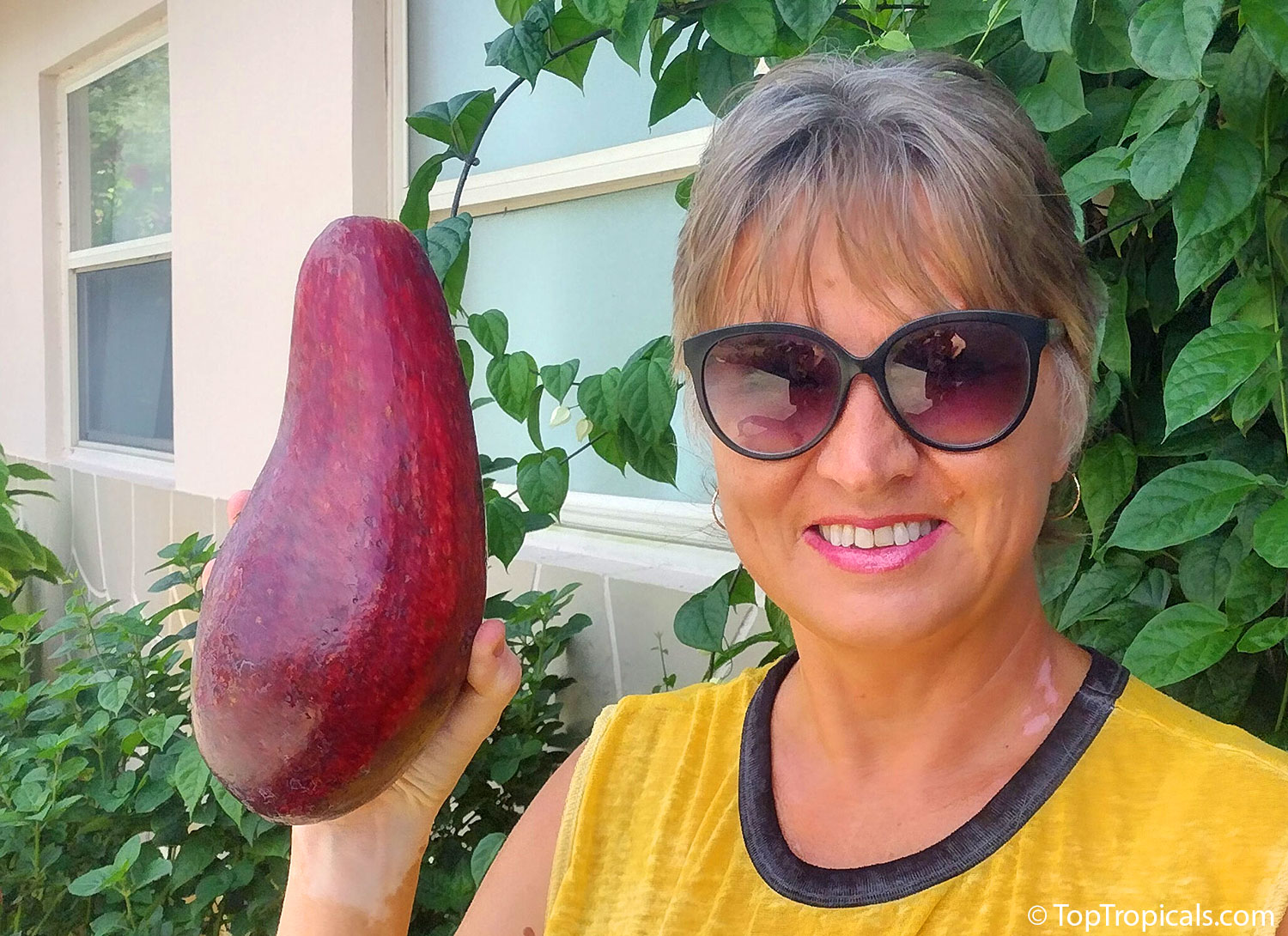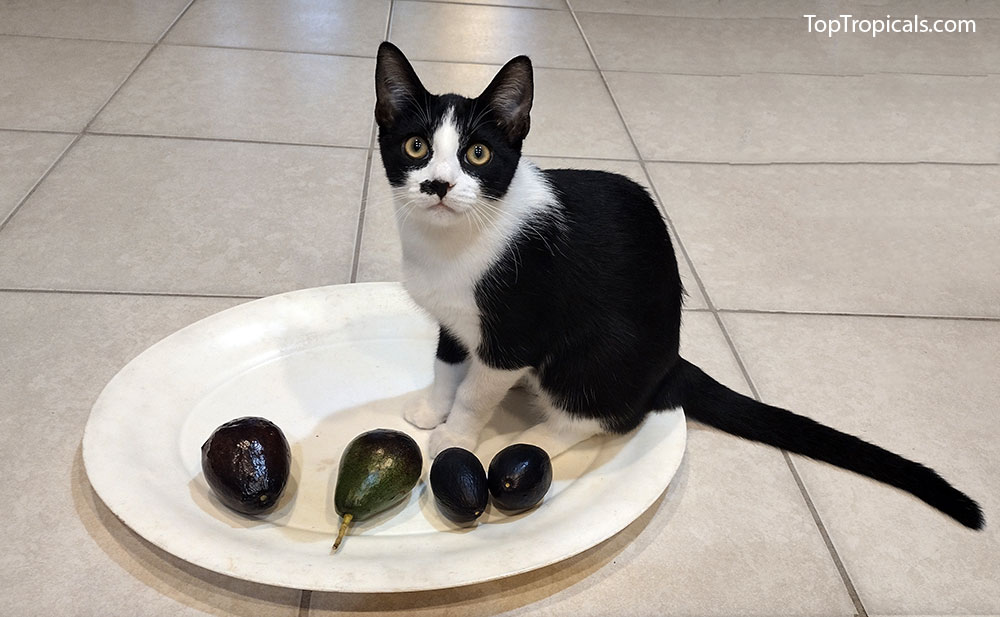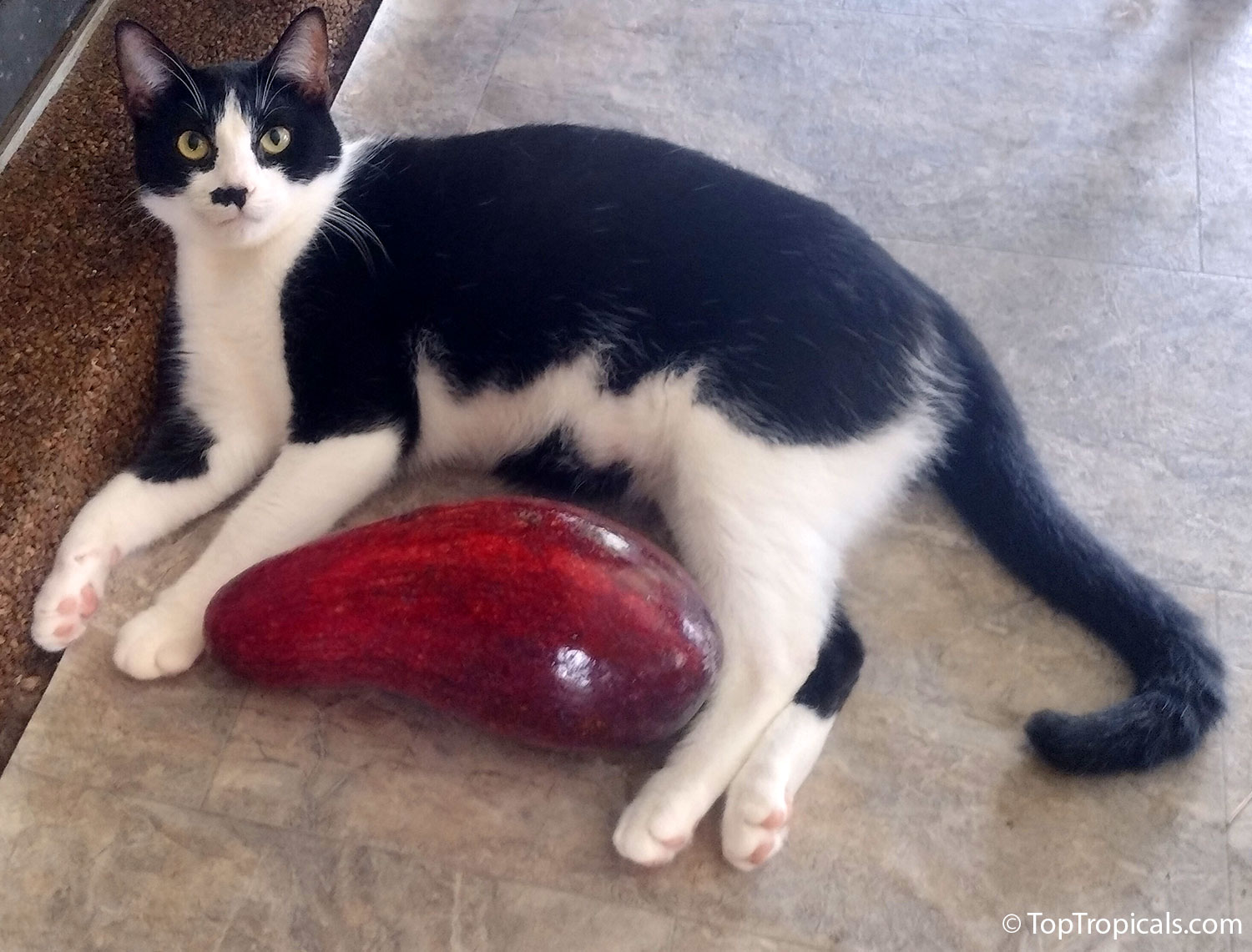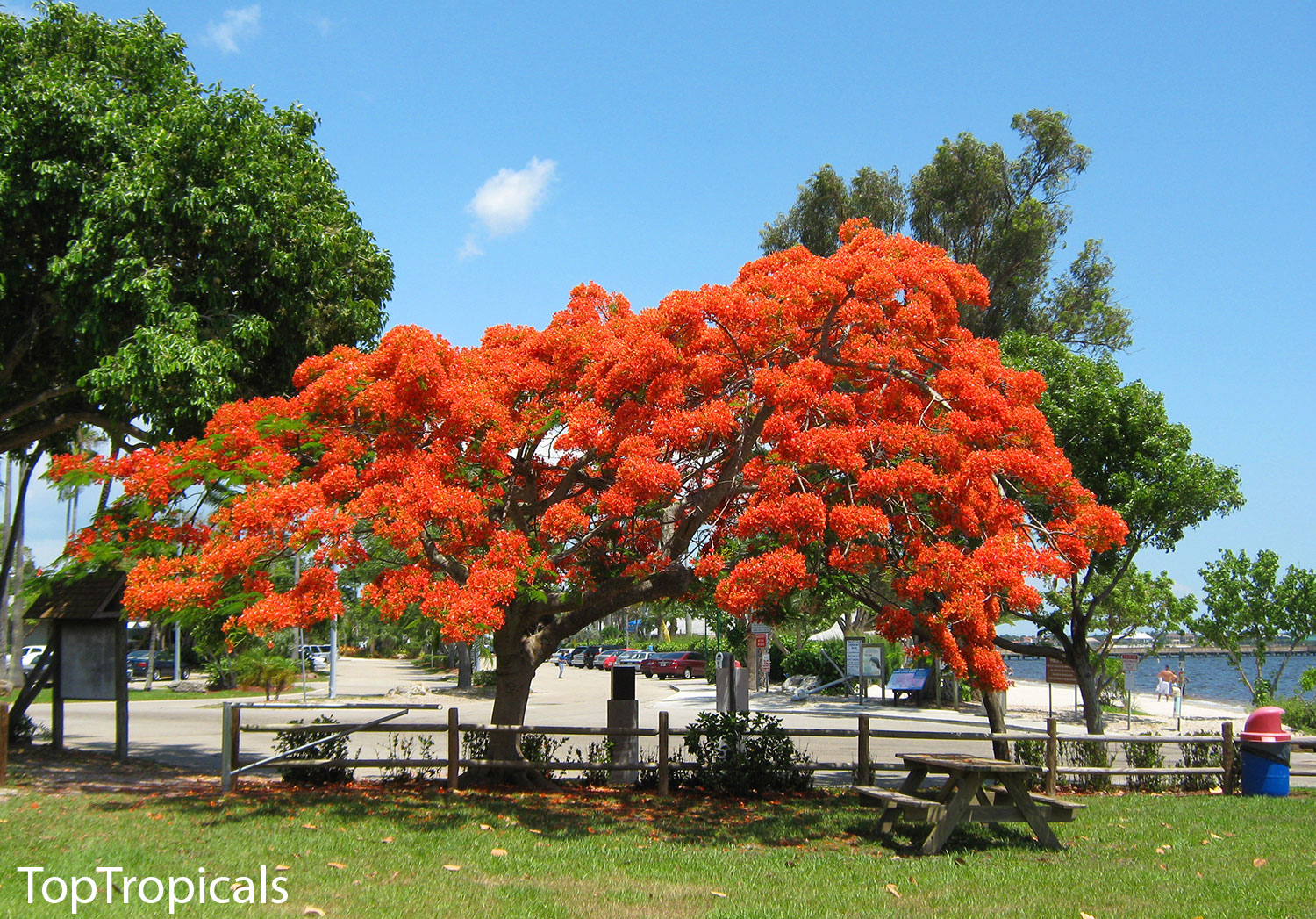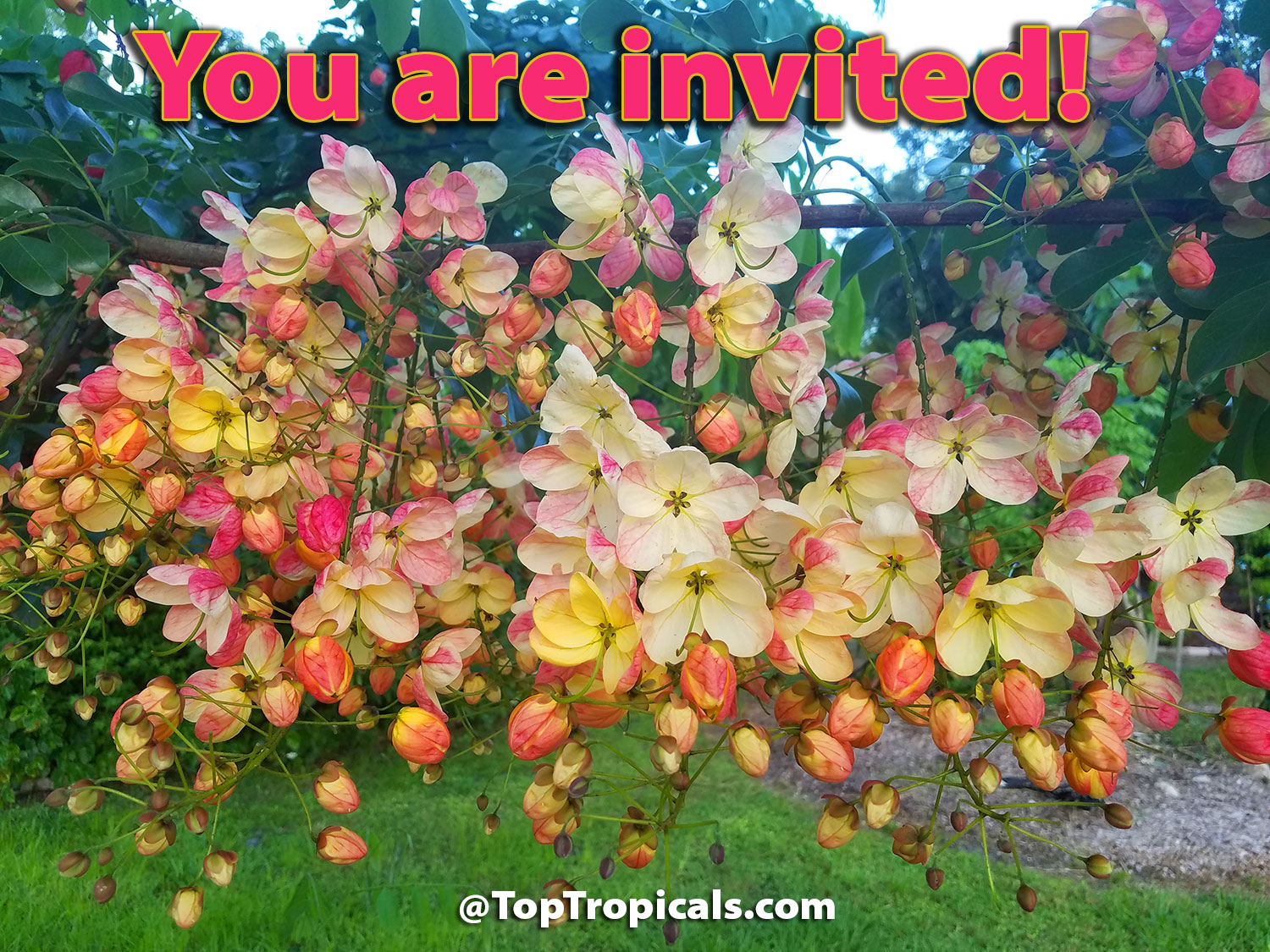Date:
Florida Starter Garden in Winter
Photo above: Bauhinia blakeana - Hong Kong Orchid Tree
Q: We just moved to Florida and our yard is currently just plain grass. I want to add some beautiful tropical plants, but I'm not sure where to start. Can you suggest easy-to-care-for plants that look nice in winter, preferably with flowers? Considering it's Winter time and some trees look dormant... But I can't wait to start my tropical garden!
A: Florida residents are blessed to have mild winters, and many tropical and subtropical plants enjoy this climate year around. Just be mindful of your location's specific conditions (sun-shade, wet-dry, cold sensitive or hardy). Here are some recommendations for easy-to-grow, evergreen plants that love Florida and look great even in winter. They'll establish well during cooler months, add a splash of color to your garden with their flowers, and even treat you with fruit!
Winter flowers - will bloom now!
Clerodendrum Winter Starburst
Clerodendrum Blue Butterfly
Eranthemum Blue Sage
Odontonema Firespike
Pavonia - Brazilian Candles
Photo above: Odontonema cuspidatum - Firespike
Fragrant Garden
Banana Magnolia
Jasminum sambac Little Duke Supreme
Vietnamese
Gardenia
Nyctanthes - Parijat
Ylang Ylang vine
Photo above: Gardenia vietnamensis - Vietnamese Gardenia
Curious unusual trees
Hong Kong Orchid Tree
Candle Tree
Photo above: Parmentiera edulis - Candle Tree, Guahalote
Easy fruit
Noni Tree
Yellow Dragon Fruit Palora
Coffee Tree
Photo above: Morinda citrifolia - Noni Tree
Great looking now:
for Shade and Indoor Garden
Calathea
zebrina - Zebra Plant
Black Bat Head Lily
White Bat Head Lily
Medinilla
Vanilla Orchid
Reed Ground
Orchid
Calathea Fuzzy
Pheasant
Colocasia Mojito
Syngonium
Photo above: Tacca nivea - White Bat Head Lily
